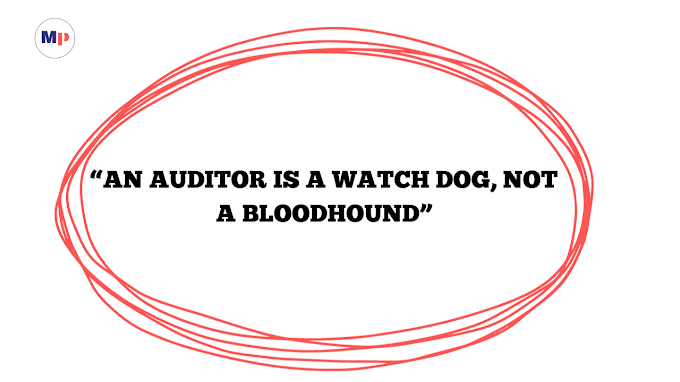MEANING AND DEFINITION OF WORKING CAPITAL
Working capital management refers to the management of
current assets and current liabilities. Working capital, however, represents an investment in current assets, such as cash, marketable securities, inventories, and bills receivables. Current liabilities mainly include bills payable, notes
payable, and miscellaneous accruals.
Net working capital is the excess of current assets over current liabilities. Current assets are those assets that are normally converted into cash within an accounting year and current liabilities are usually paid within an accounting year.
Following are some of the important
definitions of working capital:-
"Working capital means current assets"
Mead, Malott, and Fild
"The sum of current assets is the working capital of a business."
J.S Mill
"Any acquisition of funds that increase the current assets, increase working capital, for they are one and the same."
C.W Gerstenberg
CLASSIFICATION OF WORKING CAPITAL
Working capital may be classified on the basis of its concepts as well as on the basis of its
requirement or time. On the basis of quantitative and qualitative concepts, working capital can be classified into two categories, viz,
(A) Gross Working
Capital,
(B) Net Working Capital
(C) Permanent Working Capital,
(D) Temporary Working Capital on the basis of time.
Gross Working Capital-
It refers to the company's total current or circulating assets, such as cash, marketable securities, bills receivables, inventories, etc., which are normally converted into cash within an accounting year.
Net Working Capital-
Net working capital is the excess of current assets over current liabilities. In other words, it is that portion of a company's current assets which is financed by long-term funds.
Permanent Working Capital-
It refers to the portion of investment in current assets which is required at all times to carry on the business operations at a minimum level. It represents the current assets required on a continuing basis over the entire year. It remains in the business in one form or another and also grows with the size of the business. Since it is permanently needed for business operations, permanent working capital should be financed out of long-term funds.
Temporary Working Capital-
It is also called variable working capital. The amount of temporary working capital keeps on fluctuating with the increase or decrease in business activities. It represents additional current assets needed at different times during the operating year. Since it is required for carrying out seasonal and special operations of short duration such as extensive marketing campaigns, it should be financed from the short-term source of finance like bank credit.





